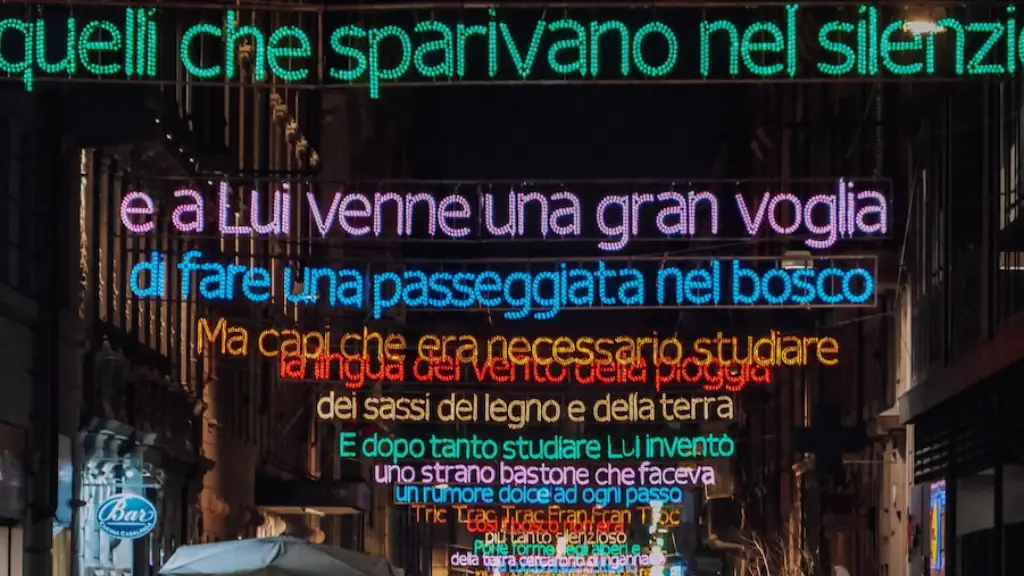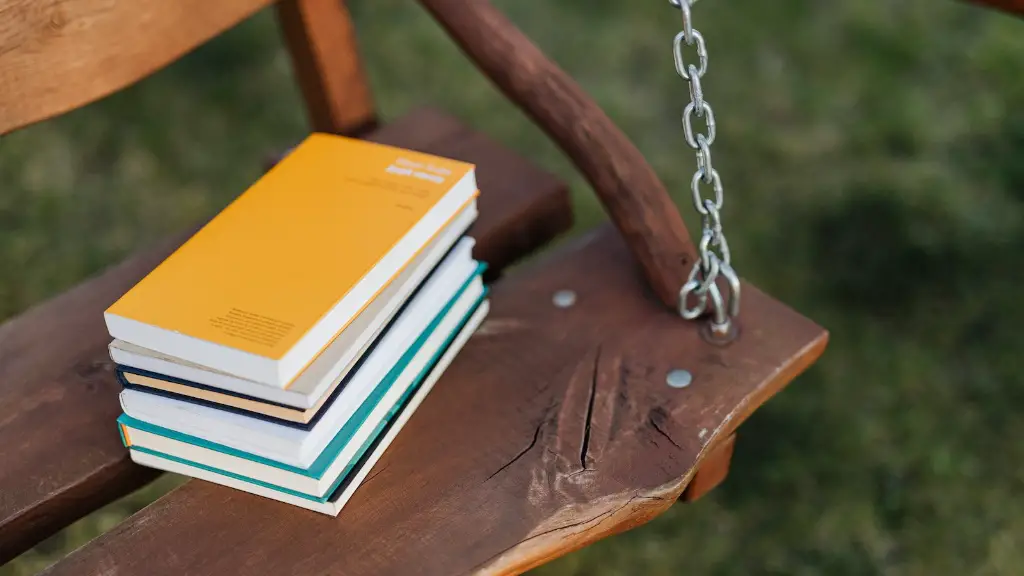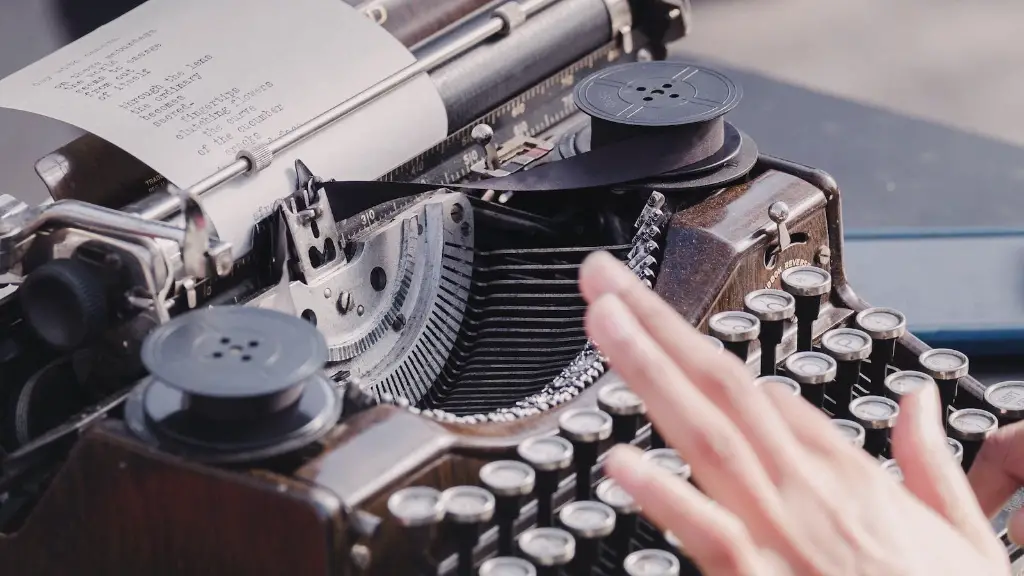Narrative and lyric poetry have their similarities, but they also have some very distinct differences. In both forms, words are used to create beautiful images and thoughts, often touching on deeply emotional elements. However, where narrative poetry tends to focus on unfolding a narrative story lyrically, lyric poetry expresses personal emotions and impressions.
In its most basic form, narrative poetry is a poetic work of storytelling. It’s used to tell a story, to convey an event, feeling, or experience in a lyrical, poetic form. It could be a personal story or more historical, often having moral or social lessons to be learned. Not only can it contain story elements, but it can also include characters and a setting, though the setting is not essential. A narrative poem will generally consist of a few stanzas or lines, which seek to illustrate a particular event, emotion or experience.
Lyric poetry, on the other hand, expresses the thoughts and feelings of the poet. It speaks of emotions, experiences, and reactions as opposed to a story. It also generally has a musical quality, as the words and rhythm of the poem evoke a musical emotion. Here, the poet focuses more on conveying his own personal emotions and impressions to the reader, rather than on storytelling. As with narrative poetry, the use of meter, lines, and stanzas are very important. It can be an individual’s reaction to a situation or person, or the contemplation of their own feelings. Like narrative poetry, it is not necessary to have a character or setting to make a lyric poem; however, they can still be used.
Both narrative and lyric poetry can be powerful and evocative, yet they have distinct differences. Narrative poetry tends to focus on telling a story lyrically, while lyric poetry focuses on expressing the emotions and impressions of the poet. The structure and use of words, meter, lines, and stanzas are important in both forms. Thus, when writing poetry, it is important to consider what you want to accomplish and then choose the style that best fits your needs.
Sentence Structure in Lyric and Narrative Poetry
Sentence structure has a great impact on how a poem is conveyed. Narrative poetry is generally written in complete sentences that are put together to tell a story. This helps create a smooth and engaging story, as it is easier for the reader to follow and visualize the story as it progresses. Lyric poetry, on the other hand, uses sentence fragments to emphasize certain emotions or impressions. By creating a poetic flow, the poet is better able to express the feelings they are trying to convey.
Also, the poet has the option to employ unusual sentence structures to give their poem a more creative and unique flow. This is more common of lyric poetry as it allows the poet to explore more deeply their feelings and impressions. It can be used to emphasize a certain emotion or idea, and can also be used to create dramatic tension. There are no hard and fast rules, and the poet can experiment to find the structure that fits their poem best.
The use of repetition is also an important part of writing both types of poetry. In narratives, repetition of key lines, words and phrases helps to reinforce the story in the reader’s mind. In lyrics, repetition is used to create a musical flow and to emphasize emotion. For example, repeating a line or phrase reinforces the importance of that idea or emotion to the poet.
Themes in Lyric and Narrative Poetry
Themes also differ between lyric and narrative poetry. Narrative poetry typically has a moral or social theme, such as war, justice, and love. It is often used to impart a lesson or to tell a story with a purpose. In lyric poetry, the themes are usually more personal and can include love, loss, yearning, and joy. Because it is more personal, it also has the power to evoke emotion in the reader. By exploring emotions in a lyrical way, the poet can create powerful and moving works.
Both lyric and narrative poetry can be used to tell powerful stories and express emotions. When choosing which form to write in, it is important to consider the purpose of the poem. If the goal is to tell a story, narrative poetry may be the best choice. If conveying emotion is the goal, then lyric poetry is likely the best form. By understanding the differences between these two types of poetry, poets can make an informed decision about which one is best for their purpose.
Metaphors in Lyric and Narrative Poetry
Metaphors are one of the most powerful ways to express ideas and emotions in both lyric and narrative poetry. A metaphor is when a comparison is made between two things in order to more efficiently describe one of them. In lyric poetry, the metaphor can help to express emotion, while in narrative poetry it can help to drive the story forward. It is a powerful tool for creating vivid imagery and helping to convey ideas and feelings more powerfully. Metaphors are also useful for creating tension in both lyric and narrative poetry.
Metaphors can be used to create a vivid picture in the reader’s mind, to link ideas together in a more powerful way, or to emphasize a certain emotion. Metaphors can be used in a variety of ways, and they are an important tool in both lyric and narrative poetry. By using metaphors, the poet can more effectively convey their ideas and emotions to the reader.
Structure in Lyric and Narrative Poetry
The structure of a poem is also important in both lyric and narrative poetry. In narrative poetry, the structure is used to create a story arc that helps to keep the story engaging and understandable. In lyric poetry, the structure is more important for creating a poetic flow and conveying emotion. This can be done through line breaks, repetition of words and phrases, or the use of meter and rhyme. Each form of poetry requires a different structure to be effective, and it is important to understand the differences in order to create an effective poem.
In addition to the structure of a poem, the use of sound is also important in lyric and narrative poetry. The poet can use sound to create a powerful and evocative poem, as the sound and rhythm help to convey the emotion or idea. Using alliteration and assonance can help to add to the intensity of the poem, as can the use of rhyme.
In both forms of poetry, words have the power to evoke emotions, convey stories, and create vivid imagery. Understanding the key differences between narrative and lyric poetry can help the poet create more effective, powerful works and better express their ideas and feelings.
Genre and Setting in Lyric and Narrative Poetry
Genre and setting also play a large role in both lyric and narrative poetry. The genre of a poem will affect the type of language used, the structure of the poem, and the themes that it explores. For example, a romantic poem is likely to use different language, structure and theme than a poem about war. Similarly, the setting of a poem can influence the mood, tone, and imagery of the poem. The setting of a poem can be physical or metaphysical, and can be real or imagined.
In addition to the genre and setting of a poem, the poet may also choose to use symbolism in their work. Symbolism is often used in both lyric and narrative poems, as a way to convey an important idea or impart a lesson. For example, a poet may use a symbol to represent love, courage, or hope. Symbols can be powerful tools to convey deep emotion and express complex ideas.
Overall, lyric and narrative poetry are distinct forms that can both be used to create powerful and evocative poetry. When writing poetry, it is important to consider the purpose of the poem and then choose the style that best fits your needs. Poets should also be aware of the differences in sentence structure, themes, metaphors, and genres in order to create a poem that is effective and can convey their emotions and ideas in a powerful way.




